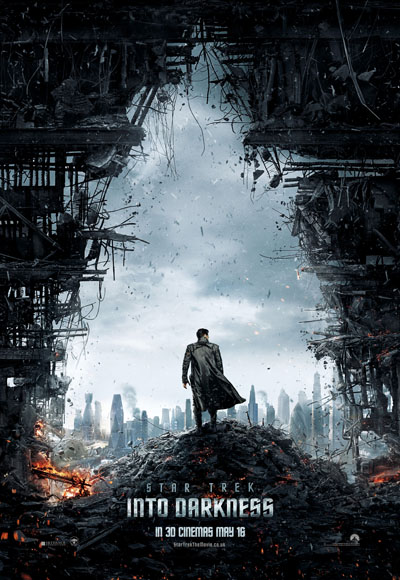
I do not recall in recent years reading a book that moves me as much as The Shoemaker’s Wife does. It is quite possibly the saddest novel I have read, on par with Romeo & Juliet. OK. Not the entire book is sad. The majority part of the story is a celebration of life and the journey of struggle and triumph. But the sad part is really sad. I have lost sleep reading this. I fought hard not to cry inside a cafe reading this. After I have finished reading the book, I felt like taking a day off from work and eating ice-cream from a tub instead.
In The Shoemaker’s Wife, Adriana Trigiani tells a story inspired by her grandparents Lucia and Carlo’s love and life story. The setting is extraordinary. It reads like an epic love story that only the magical hands of fate can weave. Lucia and Carlo’s characters were born in Italy. They met once in their homeland and parted way due to unforeseeable circumstances. Somehow, they managed to meet again in America and then they got separated. Each having their own relationships with someone else and yet, fate brought them back together time and time again.
This book is more than a story of love. Set in the early nineties, Adriana’s grandfather was brought up in a convent together with his brother. While his brother was a devout Catholic planning to be a priest, Carlo did not believe in God. This sense of conflict between faith and non-believer is imbued deep inside and throughout the story, which is as real as life itself. Meanwhile, Adriana’s grandmother was brought up from a poor Catholic family. Being the eldest daughter, Lucia worked hard to help her parents to provide for the family and take care of her siblings. Lucia must be one of the strongest female character I have come to read. In order to give her family a chance to build a place called home, Lucia accompanied her father to come to America, a journey that almost killed her.
Once the backdrop has switched to America, the mood has changed. It is hope and opportunity in the land of the America. To read this part of The Shoemaker’s Wife is like reading what the American dream is all about. Adriana Trigiani tells it through the eyes of the migrants. Hardworking pays off. So is innovation and the desire to dream big. Those who made it live in luxury and richness. New friendships are made. Alliance are formed. People look out for each other. America is a dream for many and many have found a new home in America.
In as much as it is a tale of hope and dream, it is also a tale of life and death. Going through the two world wars, relationships and what holds dear to the hearts have become ever more precious. My heart weeps for what the characters have been through. It is emotional because behind every closed door, behind every happy face that we see everyday are the untold stories of struggle and sorrow. How much you can feel for the characters would depend on what you have experienced in life thus far. Having said that, I have gained more insights on what others may have been through under their unique circumstances.
I can imagine a lot of research has done prior to this project. All the details of the past – be it as the town and architecture, food and music, costumes and fashion, mode of transportation and the then-state of migrants – are vividly described. There is this surreal feeling that it is as though I am seeing the nineties through Lucia and Carlo’s eyes. I do not know how much of the story is authentic to author’s grandparents’ lives and how much of it is crafted with wild imagination. Adriana Trigiani has done something smart about the approach. She has used characters with different names to represent her grandparents. Therefore, she can have the artistic license to fill up the gaps without getting into the question of: Did her grandparents really do that?
All in all, The Shoemaker’s Wife is a fulfilling read. It is as emotional as life itself.








